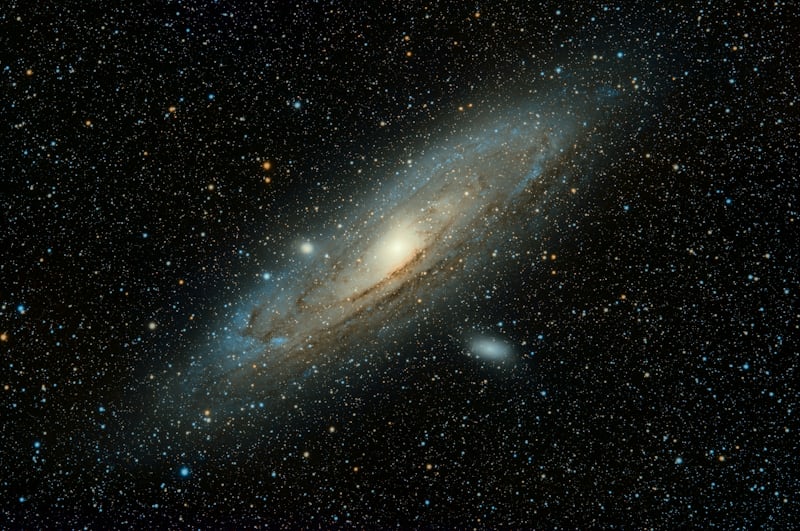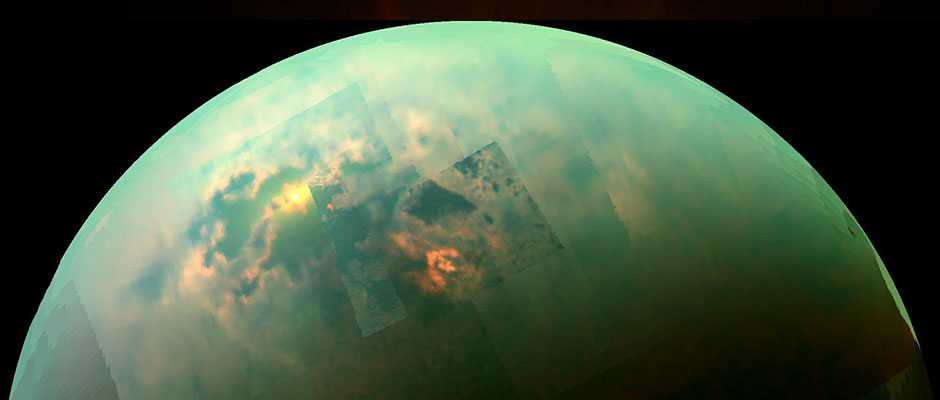
The gigantic gas and ice mammoth globes of the outside sun-based framework — Jupiter, Saturn, Uranus, and Neptune are about clearly not inhabitable for life as we know it, but a few of their moons might be. In spite of the fact that these universes in the outside sun-oriented framework contain plenteous water, they concede so small warming sun in their removed routeways that it was long accepted they would be “ topographically dead ” balls of hard-frozen ice and gemstone. But, as we saw in the chapter on Rings, Moons, and Pluto, operations to the outside sun-based framework have set up products much more charming. Jupiter’s moon Europa uncovered itself to the Voyager and Galileo operations as a dynamic world whose frigid confront as far as anyone knows conceals a sea with a profundity of knockouts to perhaps a hundred kilometers. As the moon circles Jupiter, the earth’s gigantic graveness makes runs on Europa — fair as our claim Moon’s graveness makes our sea run and the disagreement of all that pushing and pulling produces sufficient warmth to keep the water in fluid shape. closely resembling runs act upon other moons if they outwit near to the soil. Researchers presently assume that six or assist of the outside sun-based system’s frosty moons may harbor fluid water pits for the same reason. Among these, Europa and Enceladus, a moon of Saturn, have in this manner distant been of highest intrigue to astrobiologists. Europa has apparently had a sea for most extreme or all of its history, but tenability requires encourage than fair fluid water. Life moreover requires vitality, and since the sun doesn't get underneath the kilometers-thick ice outside of Europa, this would have to be chemical vitality.
One of Europa’s pivotal traits from an astrobiology viewpoint is that its sea is most likely in coordinate contact with a supporting rough mantle, and the commerce of water and gems particularly at tall temperatures, as inside Earth’s aqueous verbalization frameworks — yields a diminishing chemistry( where bits tend to grant up electrons promptly) that's like one half of a chemical battery. To total the battery and donate vitality that might be utilized by life requires that oxidizing chemistry( where bits tend to acknowledge electrons promptly) moreover be accessible. On Soil, when chemically decreasing verbalization liquids meet oxygen-containing seawater, the vitality that gets to be accessible as often as possible bolsters flourishing communities of microorganisms and animals on the sea foot, distant from the light of the Sun. The Galileo charge set up that Europa’s frosty confront does contain a cornucopia of oxidizing chemicals. This implies that the vacuity of vitality to back life depends veritably much on whether the chemistry of the confront and the sea can blend, in spite of the kilometers of ice in between. That Europa’s ice outside shows up geographically “ energetic ”( as it were knockouts of millions of times ancient, on normal) and that its dynamic makes it tantalizing to assume that comparative blending might without a doubt do. Understanding whether and how vital trade happens between the confront and sea of Europa will be a pivotal shrewdness perfect of unborn operations to Europa and a major step forward in understanding whether this moon might be a support of life.
In 2005, the Cassini Charge performed a close flyby of a small(500-kilometer periphery) moon of Saturn, Enceladus, and made a remarkable discovery. awards of gas and icy material were venting from the moon’s south polar region at a collaborative rate of about 250 kilograms of material per second. Several compliances, including the discovery of mariners associated with the icy material, suggest that their source is a liquid water ocean beneath knockouts of kilometers of ice. Although it remains to be shown definitively whether the ocean is original or global, flash or long-lived, it does appear to be in contact and to have replied, with rocky innards. As on Europa, this is presumably a necessary — however not sufficient — condition for habitability. What makes Enceladus so enticing to planetary scientists, however, are those awards of material that feel to come directly from its ocean samples of the innards are there for the taking by any spacecraft transferred flying through. For an unborn charge, similar samples could yield substantiation not only of whether Enceladus is inhabitable but, indeed, of whether it's home to life.

Saturn’s big moon Titan is veritably different from both Enceladus and Europa. Although it may host a liquid water subcaste deep within its innards, it's the face of Titan and its unusual chemistry that makes this moon such an intriguing place. Titan’s thick atmosphere the only one among moons in the solar system is composed substantially of nitrogen but also of about 5 methane. In the upper atmosphere, the Sun’s ultraviolet light breaks piecemeal and recombines these motes into more complex organic composites that are inclusively known as tholins. The tholins cloak Titan in an orange haze, and imagery from Cassini and from the Huygens inquiry that descended to Titan’s face show that heavier patches appear to accumulate on the face, indeed forming “ stacks ” that are cut and carved by overflows of liquid hydrocarbons( similar as liquid methane). Some scientists see this organic chemical plant as a natural laboratory that may yield some suggestions about the solar system’s early chemistry — maybe indeed chemistry that could support the origin of life.





Post a Comment